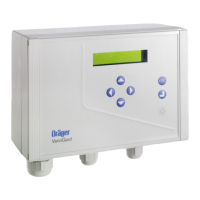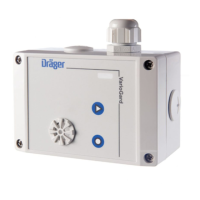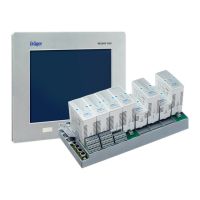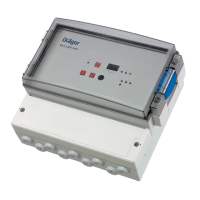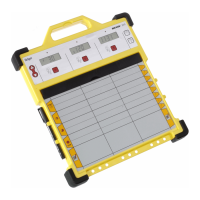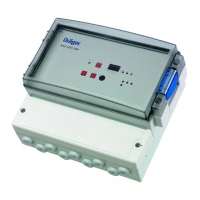What does 'Transmitter 1 Warming up ! Transmitter 1 Error !' mean on Dräger Gas Detectors?
- BBarbara FoleyAug 17, 2025
The message 'Transmitter 1 Warming up ! Transmitter 1 Error !' on Dräger Gas Detectors indicates that the transmitter is either warming up or there is an electronic fault. If the issue is due to the transmitter warming up, the fault will resolve itself at the end of the warming-up time. However, if the problem persists, the transmitter may need to be replaced, or you may need to contact DrägerService.
